How the Ceasefire Reshapes Regional Security Dynamics
How the Ceasefire Reshapes Regional Security Dynamics
By Masoud Sadrmohammadi
The recent ceasefire in Gaza, implemented under Donald Trump’s 20-point plan in October 2025 and involving prisoner exchanges, a partial withdrawal of Israeli forces, and the delivery of humanitarian aid, represents a turning point in Middle Eastern developments. This agreement, brokered by the United States, Türkiye, Egypt, and Qatar, has not only halted the Gaza war (at least temporarily) but will also have a significant impact on shifting the regional balance of power. Iran’s refusal to attend the Sharm el-Sheikh summit in Egypt signaled its lack of confidence in the seriousness of the measure and skepticism that it was aimed at securing the interests of the Palestinian people. It appears that this ceasefire — given the role played by the presence of officials from various countries — serves objectives beyond the Palestinian issue and is an attempt to establish a new regional order. Naturally, Iran will be affected by this new order, and its regional policies may change as a result.
The main issue is Israel’s perspective!
If the current ceasefire evolves into a lasting ceasefire or even a durable peace, the way Hamas interacts with Israel will have a profound effect on the shaping of Iran–U.S. tensions; this could become either an opportunity or a threat for the future of Iran–Western relations. With reduced tensions between Hamas, other Palestinian groups, and Israel, Iran would play a lesser role as an active influential factor in Israel’s security — and that, in turn, would remove Israel’s stated pretext for taking action against Iran and, consequently, for the anti-Iranian policies of the United States. In recent years — especially after the assassination of General Qasem Soleimani — Iran’s behavior has shown that it does not seek an escalation of tensions in the region and regards such escalation as contrary to its interests. But a factor that receives less attention here is Israel’s perception of Iran. In line with a strategy of preventing the emergence of a powerful state in the region — a goal Tom Barrack, the U.S. ambassador to Türkiye, reportedly articulated plainly — Israel seeks to strike Iran repeatedly with the aim of creating a rupture in Iran’s regional policies and turning Iran into a vulnerable state. Naturally, Iran has never been willing to acquiesce to this and strives to preserve its levers of power both domestically and abroad. The nuclear issue, Iran’s long-range missiles, and the resistance groups are among the most important matters that Israel and the United States will exploit to continue applying pressure on Iran.
It seems that, pursuant to this policy, Israel’s initial aim is to weaken or eliminate Iran’s regional arms — foremost among them the disarmament of Hamas and Hezbollah.
Weakening the Axis of Resistance and Iran’s Regional Influence
Iran, as the main supporter of groups such as Hamas, Hezbollah in Lebanon, the Houthis in Yemen, and anti-American factions in Iraq, has long relied on a strategy of “resistance” against Israel. However, the severe blows dealt by Israel to Hezbollah and Hamas over the past two years have significantly weakened this axis. Immediately after the ceasefire, Israel and the United States raised the issue of disarming Hamas. At the same time, by exerting pressure on Hamas through the torture and mass killing of Gaza’s population, they are also working—through political lobbies in Beirut—to push for the disarmament of Hezbollah in Lebanon. This issue, which has already sparked serious tension and even the prospect of civil war in Lebanon, is in fact a method aimed at neutralizing all the defensive bastions of Middle Eastern resistance against Israel’s expansionist ambitions.
Naturally, with the ceasefire in Gaza, anti-Israeli activities by the Houthis in Yemen are also expected to decline, while the justification and groundwork for increased pressure on anti-American forces in Iraq will be strengthened. All these actions should be understood as part of the broader Israeli–American strategy to dismantle Iran’s regional influence and render Tehran more vulnerable.
A striking aspect of this situation is that the weakening of these strongholds of resistance against Israel effectively paves the way for Israeli security dominance over the entire Middle East—an outcome that, in the long run, will erode the security structures of all Middle Eastern states, not only Iran.
The Effort to Isolate Iran Diplomatically
Trump seeks to resume the Abraham Peace Process that was being pursued before October 7, immediately following the Gaza ceasefire. In this pursuit, he has not hesitated to use both threats and inducements against the smaller Arab states of the Middle East. In his speech at the signing ceremony of the ceasefire in Sharm el-Sheikh, Trump explicitly referred to Iran—raising the possibility of bringing Tehran into the Abraham Accords. This was, in essence, part of Washington’s dual strategy of confronting Iran while simultaneously employing the tools of intimidation and temptation against it.
The United States and Israel are working to isolate Iran regionally and, at the same time, to use maximum economic and political pressure through sanctions to drive Tehran toward passivity in its foreign policy.
Continuation of Sanctions Pressure as a Weapon Against the Iranian People
With the reinstatement of UN sanctions on Iran and the intensification of U.S. economic pressure, Israel and the United States are hoping to trigger an internal economic crisis in Iran, which could in turn lead to social unrest. The unprecedented devaluation of Iran’s national currency and the resulting inflationary wave could heighten public dissatisfaction and create conditions for domestic turmoil. In such a scenario, Israel and the United States would gain new pretexts for further pressure on Iran, ultimately pushing Tehran to retreat from its current policies. There is also the possibility that Israel might exploit the unrest as a justification for military action against Iran—an eventuality that would extinguish any optimism regarding the future of Iran–U.S. relations.
Military Risks and the Likelihood of Escalating Tensions
The Gaza ceasefire could redirect Israel’s strategic focus from Palestine to Iran. In both Iran and Israel, many analysts consider a renewed Israeli attack on Iran plausible. Despite the 12-day war, the bombing of Iranian nuclear facilities, and the assassination of nuclear scientists, Iran’s nuclear program has not suffered any significant disruption. On the contrary, Iran has managed to preserve its uranium stockpiles and is capable of resuming its enrichment process. As a result, Israel still retains a pretext for attacking Iran and for urging U.S. cooperation in such an operation.
Prime Minister Netanyahu’s political need for an external war—to distract from domestic crises and to secure Trump’s political support—is another factor increasing the likelihood of a renewed conflict between Israel and Iran.
On the other hand, some experts point out that during the 12-day war, despite Iran’s lack of preparation and the surprise nature of the strikes, Israel failed to achieve any of its initial military objectives and was ultimately forced to rely on direct U.S. assistance and to request a ceasefire. They argue that Iran is now in a much stronger defensive position, making it unlikely that Israel would engage in a direct military confrontation with Tehran.


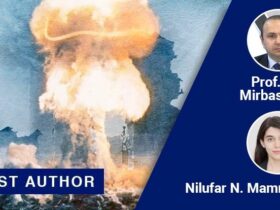
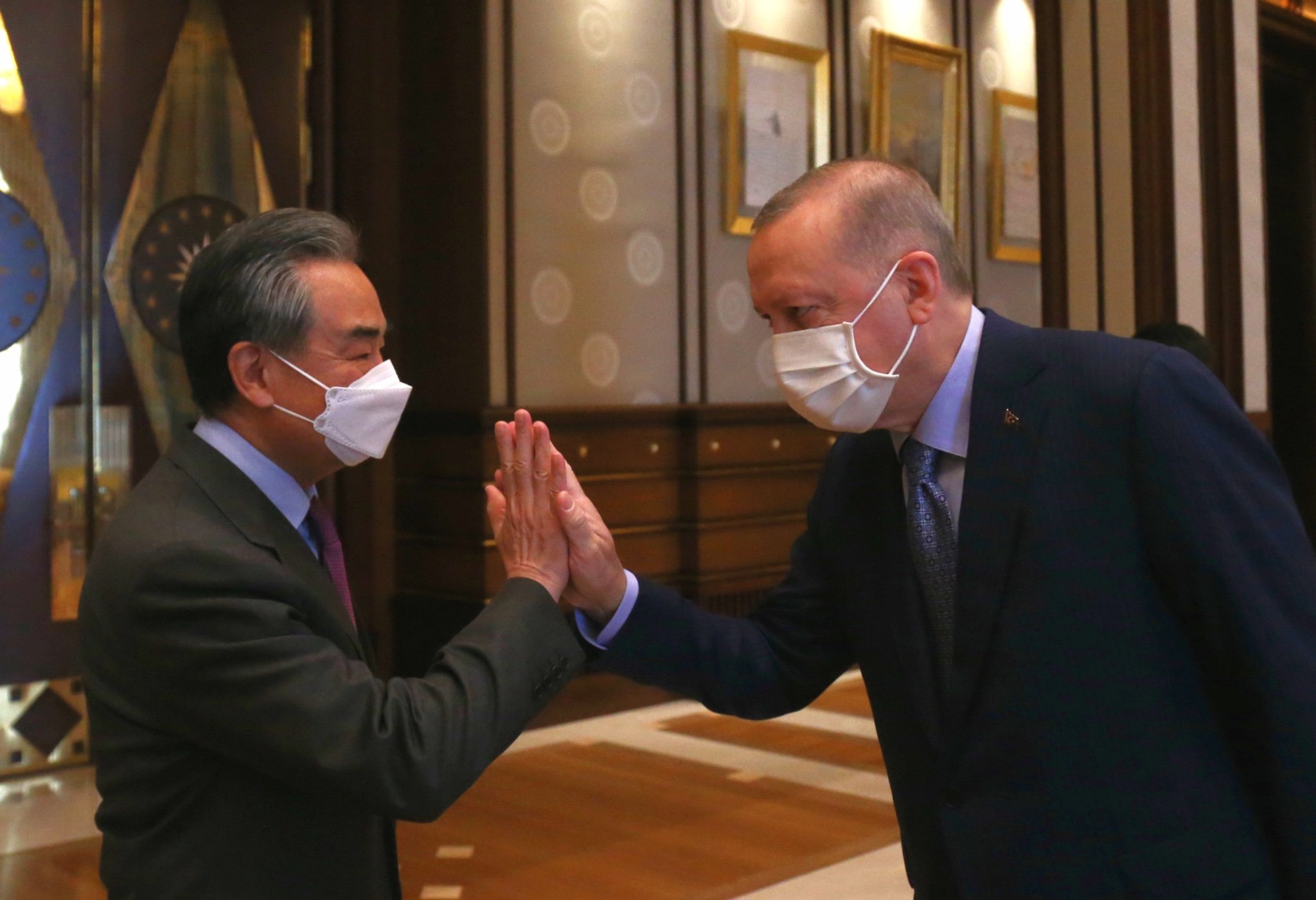
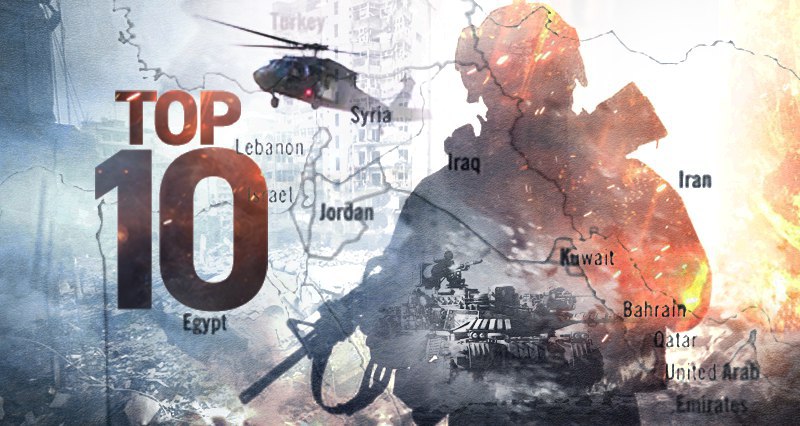


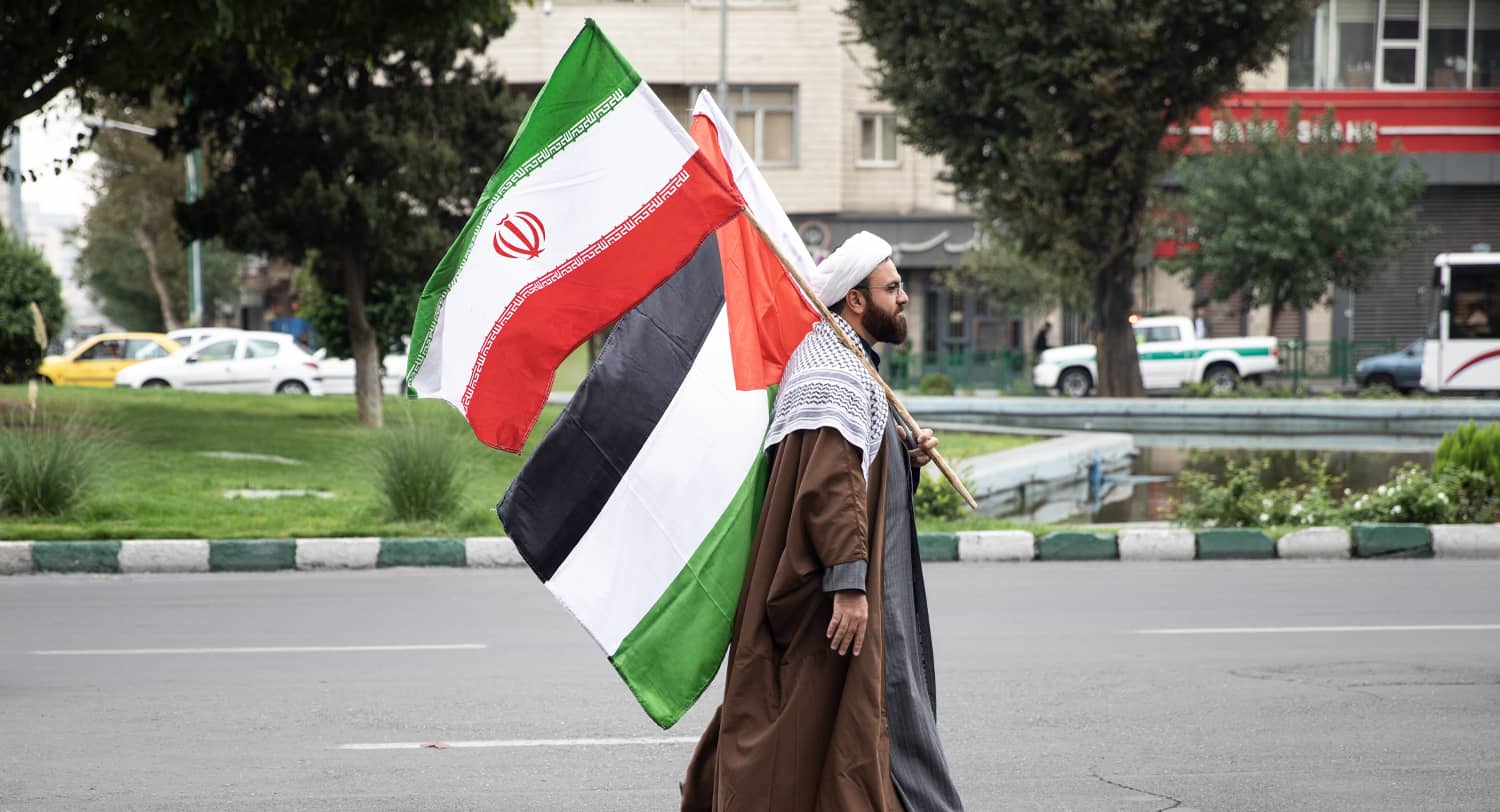
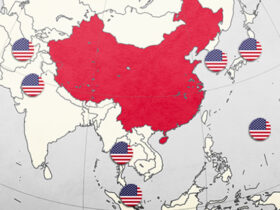
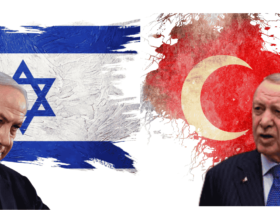
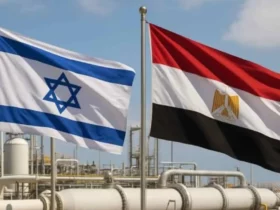



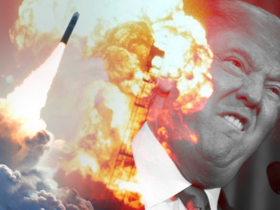
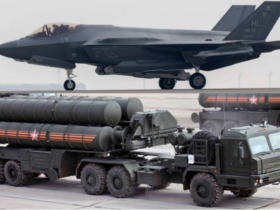
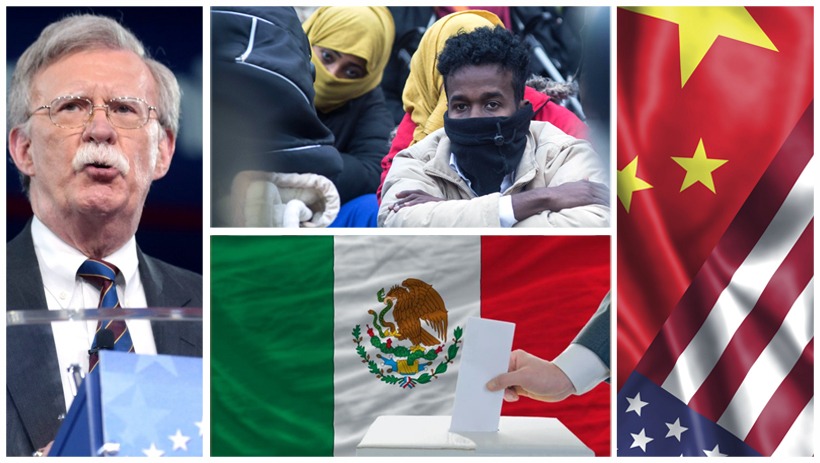
Leave a Reply